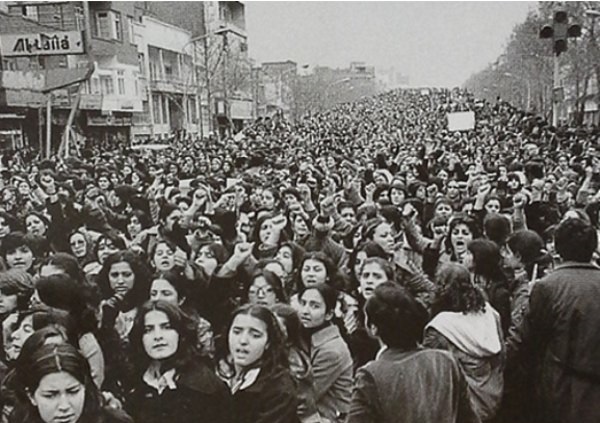The price of standing up for Iran’s women
Sara, (name withheld) has been in exile in New Zealand for the last four years. She has never felt more secure and safe as she does now. With video.

after she escaped from Iran | Photo credit: Tamara Nacole
Sara, (name withheld) has been in exile in New Zealand for the last four years. She has never felt more secure and safe as she does now, although she still has nightmares of the time she spent in Iran.
Sara was just a teenager when the revolution took place in 1979. She remembers how excited she was to be a part of the revolution.
“I joined thousands of people in Tehran to protest, I wore chadors, like other women as a sign of protest as the Shah had banned it. I really didn’t understand what was to come, I feel stupid for taking part in it now, I thought we could make things better without the King [Shah], as we believed he was taking all the money for himself, now I see how much better he was.”
Before the revolution women enjoyed equal rights under the Shah of Iran, Mohammad Rezā Shah Pahlavi, and were working at all posts of the government.
Women formed a part of the revolution for more rights, democracy, and a fairer and transparent government.
The revolution was an unusually popular one as most political parties and people came together and united to overthrow the Shah, some in the hope of gaining power in the aftermath.
Sara says the Shah was really surprised by the strength of the protests and left Iran soon after, leaving behind a weak government which invited the leader of the revolution Ayatollah Ruhollah Khomeini to form the new government.
The people of Iran rejoiced and welcomed Khomeini to a hero’s welcome, Much of Iran was in euphoria about the coming revolution.
It was a fairytale come true, the nightmare was soon to follow.
Within months of taking power Khomani withdrew all women’s rights, Islamic dress code was enforced, women were barred from holding many key government posts, sex-segregation was imposed, the age of marriage was reduced to nine, married women were barred from attending schools, and the value of a woman was put at half of that of a man
Immediately people realized that this was not what they had wanted and started protesting, Sara had also joined these protests.

Khomani dealt with this with an iron hand, killing thousands of people who dared to stand up against him.
Sara joined an underground women’s organization in an effort to restore women’s rights. She once had to spend three days in prison for it and it was only due to her links she managed to get out.
Her friends were not so lucky. She looked on as many of her friends, and even the head of the organisation, were executed or stoned under the Sharia law for immoral character or other false accusations.
She found her own country had turned against her. She managed to escape from Iran in 1992 after she was tipped off by one of her friends in the government about plans to execute her.
She, along with her daughter, went to Cyprus as a refugee and started working to help other refugees. She protested against the injustice in Iran in front of the Iranian embassy many times.
She was still in constant fear till four years ago when she moved to New Zealand. Here she feels safe and at peace, she is really grateful to the people of New Zealand for welcoming her. She only wishes the young Kiwis realised how lucky they are to live without fear and enjoy freedom of expression.
Sara is still fighting for Iranian women’s rights and hopes that one day she would be able to see the country she once dreamed of as a teenager.




